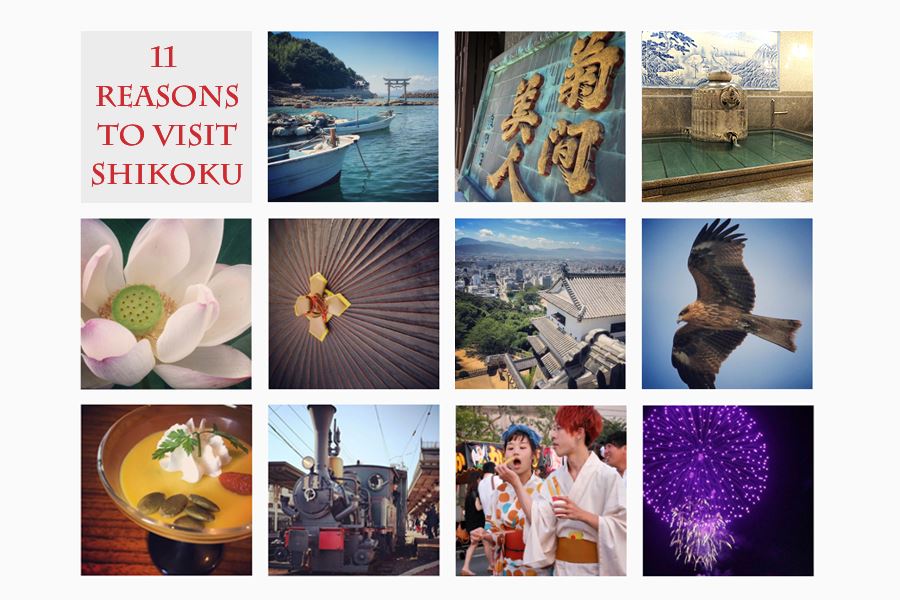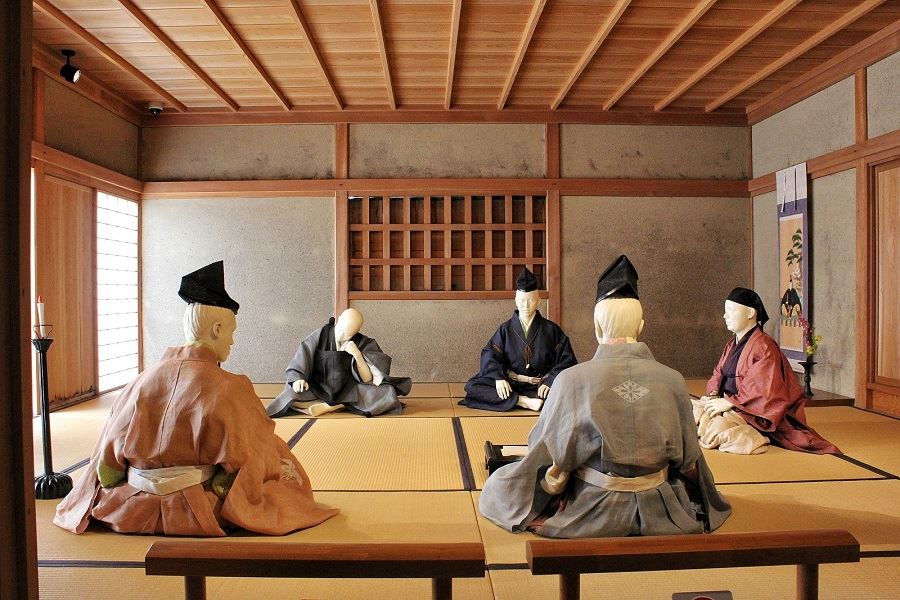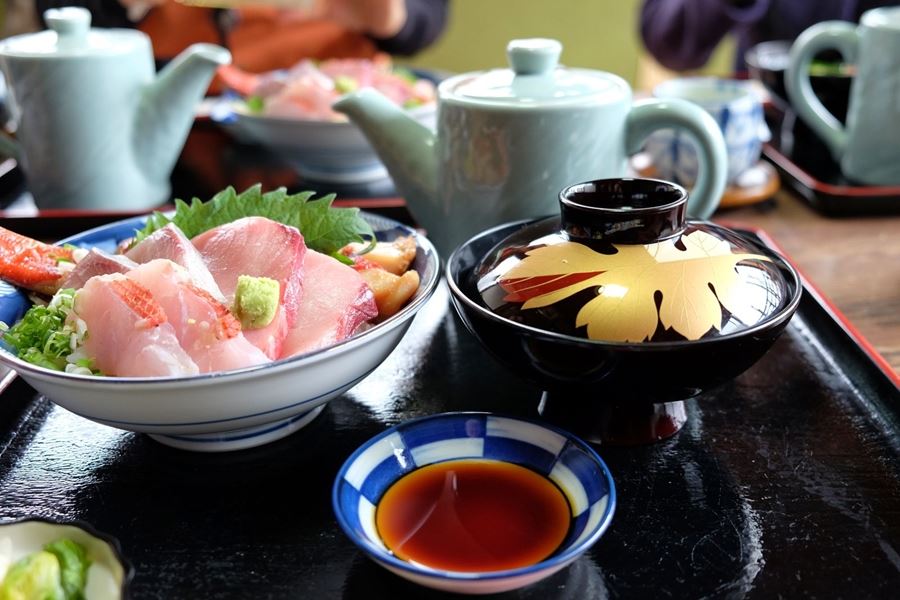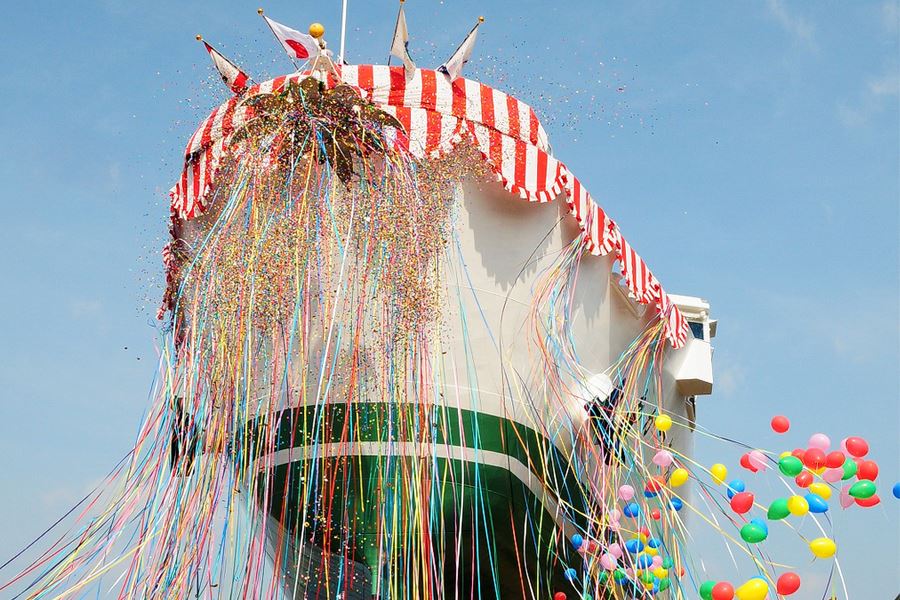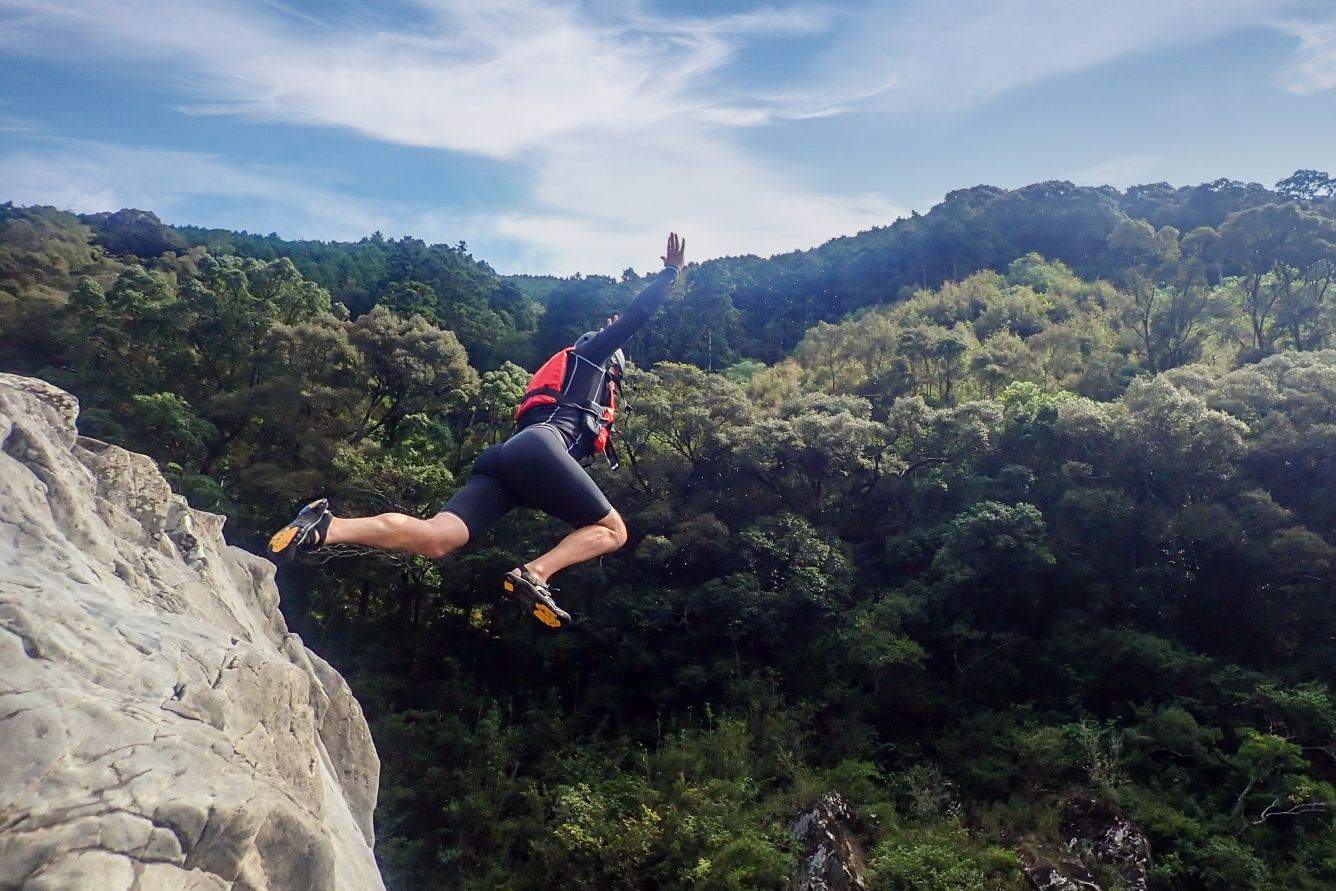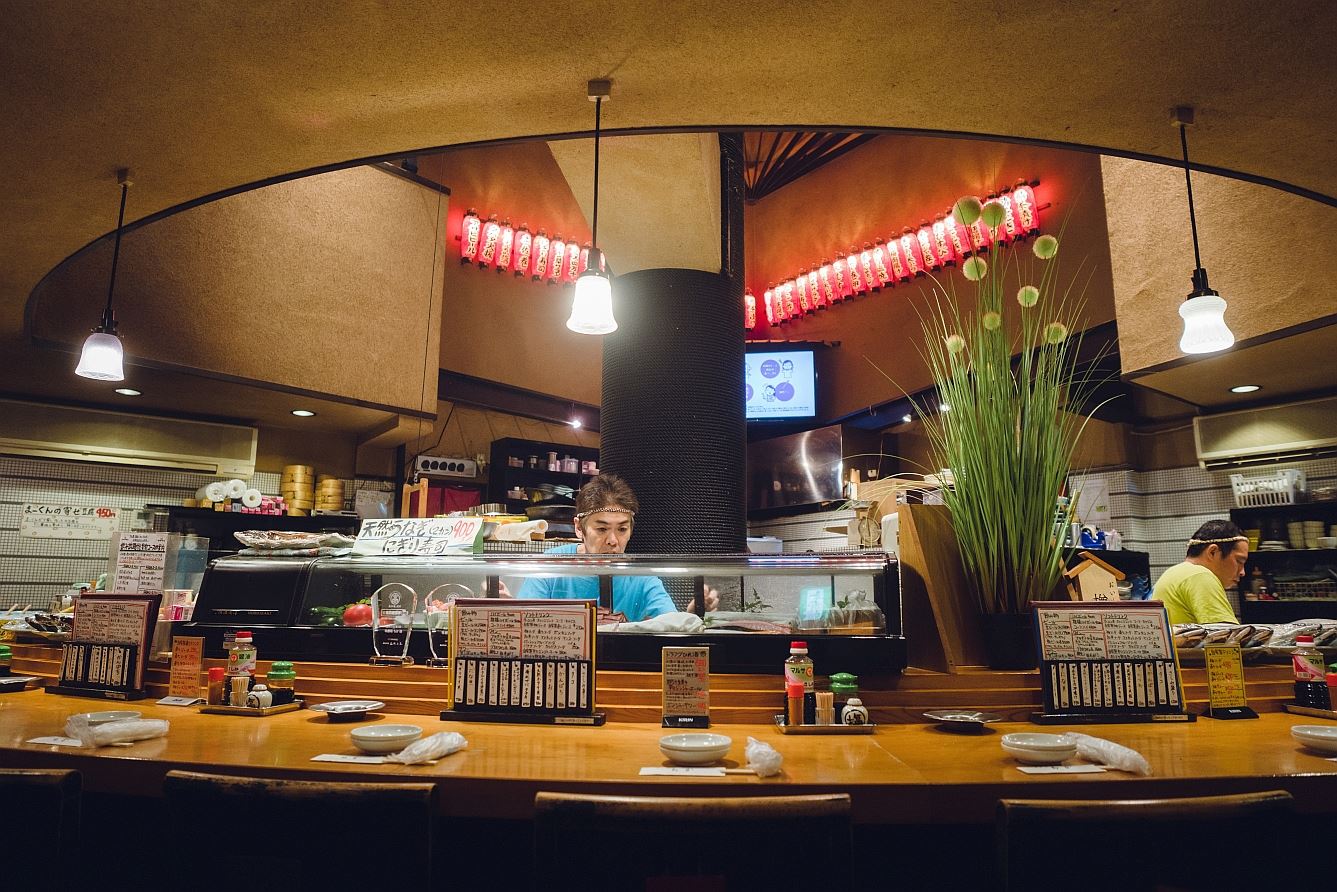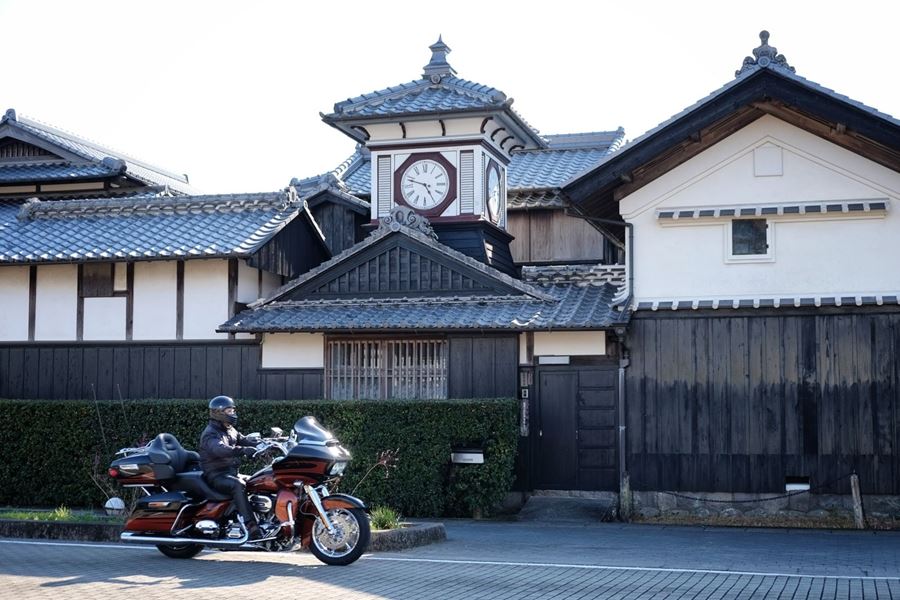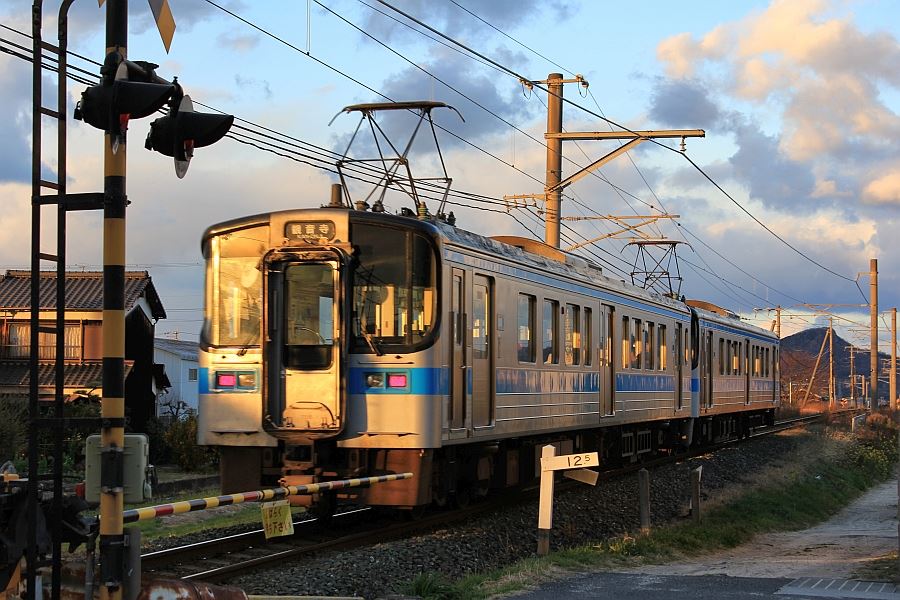Indigo Crafts
Home » Indigo Crafts
Indigo Crafts
Shikoku is home to many traditional crafts, and one of the most prominent is indigo dyeing, a once-thriving industry that has its roots in Wakimachi, Tokushima, a small town located on a calm stretch of the Yoshino River which flows into the sea in Tokushima City. This commercially advantageous siting contributed to the prosperity which the town enjoyed in the Edo and Meiji periods.
Samurai blue
Growing rice in Tokushima was difficult, since the typhoons that occasionally pass through tended to strike just when the crop was ready for harvest, bringing floods to the Yoshino River valley. Consequently, farmers sought a product that could be harvested before the typhoons came. They hit on indigo, Indigofera tinctoria, which produces the rich blue dye called ai in Japanese. By planting bamboo along the river, farmers found a way to trap silt that the flooding brought, using it to fertilise the indigo plants. You can still see the thick stands of bamboo along the river around Wakimachi today.
Photo courtesy of Irwin Wong
In the Edo period, samurai were subject to strict sumptuary rules and the colours of their clothing was limited by statute. One of the colours permitted was indigo, so demand for it was high. Despite their subordinate ranking in relation to the samurai, the merchants of Wakimachi grew extremely wealthy from providing the plain blue colouring called aizome used for the daily clothing of the common samurai. The merchants flaunted their wealth by building elaborate commercial premises and homes which still exist today, marked by an architectural extravagance called udatsu. Originally a kind of firebreak, the udatsu became a symbol of wealth and power, decorated with fancy tiles and plasterwork.
Midway along the Udatsu Street of Wakimachi is a complex of restored buildings housing a café and a little studio where you can try indigo dyeing. As you enter the studio, you’ll notice a slightly rank, ascerbic smell. This is the aroma of fermenting indigo dye. In the centre of the studio is a work table built around two vats where the indigo is fermented to release the colour from the leaves of the plant. Lift the wooden lids of the vats and you can see the hardened foam from the fermentation floating on the surface.
All natural
Since this fermentation is a natural process based on microorganisms, the ferment needs constant care to maintain its health, and if it’s not well, it needs a rest. This means deep dyeing isn’t possible on that day. But never mind – the staff grow indigo in planters. The leaves can be harvested at any time to produce a lighter hued dye with a direct process where the leaves are simply kneaded with water to release the colour.
Go on and get your hands blue!
In the studio, you can try tie-dyeing handkerchiefs in two sizes. The friendly staff show you the way to produce different patterns by wrapping the cloth around little stones and straws, and by knotting it in various ways. The experience takes about forty minutes and the result is very satisfying. If you don’t wear gloves, your hands will be blue for months, but the people of Tokushima will look kindly upon you.
In addition to its elegant colour, indigo has antiseptic properties and its smell repels insects. It also softens the dyed material.
Photo courtesy of Irwin Wong
Besides Wakimachi, there are several places in Shikoku where you can learn about indigo dyeing and try it yourself, including Aizumi, also in Tokushima. In Ehime, the Kasuri Kaikan in Matsuyama has several vats of indigo where you can experience the following main types of dyeing.
Shibori-zome (tie-dyeing)
A technique to protect areas of the fabric from being dyed by knotting it, inserting beads and so. Japan developed the most advanced and diverse tie-dyeing techniques, and more than 70 of almost 200 such techniques are still being used today.
Kata-zome (stencil dyeing)
A technique for creating dyed patterns or graphics using a resist paste applied through a stencil. This gives the finished product clear lines. Some makers in Tokushima still have precious stencils used during the Edo period.
On our tours, we offer opportunities to try this quintessentially Japanese hand dyeing. Besides creating something of your own with indigo and the pleasant interaction with the dyers, a visit to one of the indigo workshops also provides a good chance to see a wide range of clothing and accessories using the beautiful shades of indigo blue.
Related Tours

Experience the most beautiful and interesting temples of the Shikoku Pilgrimage in seven days.

A tour for families or friends, staying in the most characterful kominka and ryokan of Shikoku.

Visit the most beautiful and interesting temples of the Shikoku Pilgrimage and walk the toughest trails.

